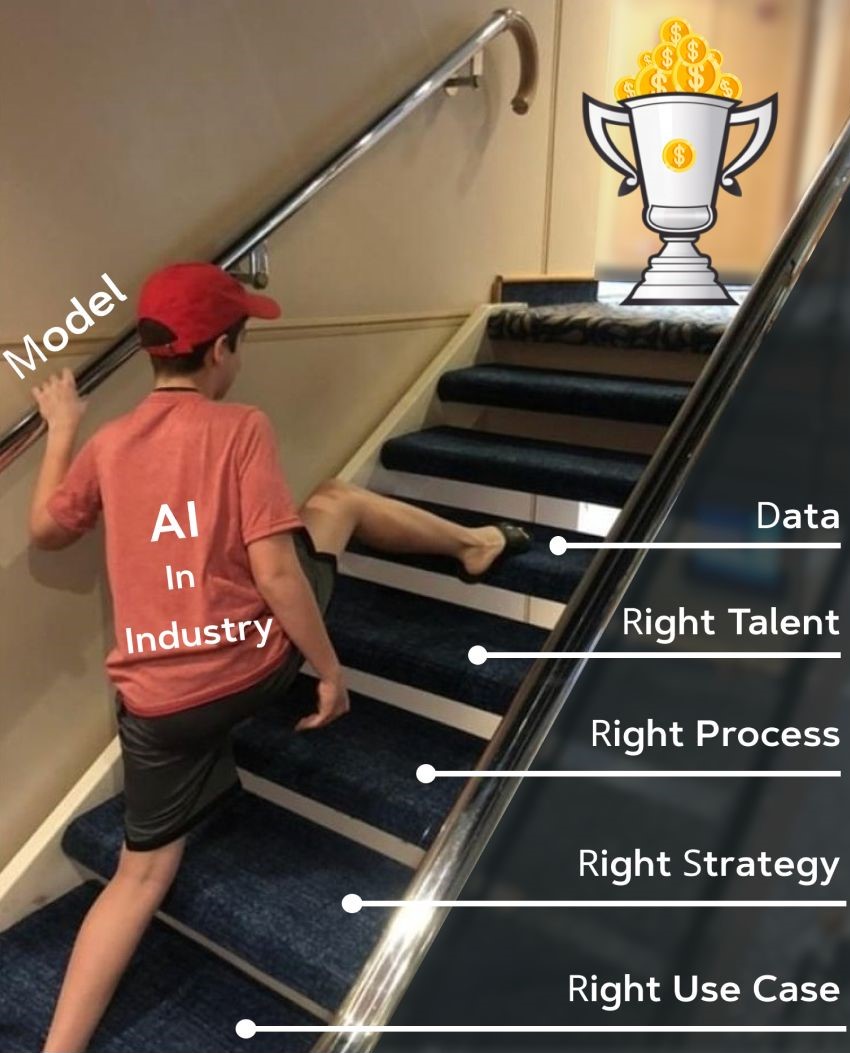The AI Playbook: From Data to Dollars
How to Do AI that leads to business outcomes (and not just vanity metrics)Welcome to the AI Playbook, your comprehensive go-to guide to successfully navigating the AI landscape. Whether you are a Founder, VC, CXO, or part of a startup or multinational corporation, this book offers practical insights and proven strategies to effectively leverage AI. The book focuses on what it takes to create business wins (revenue or market dominance) from your AI efforts.
AI is No Longer Optional for Organizations
While many companies are investing heavily in AI, only a few—likes of Google, Microsoft, OpenAI, Tesla, ByteDance, Cohere, and Perplexity—are seeing significant returns on investment, such as revenue growth and market dominance. This begs the question: What are these AI-first leaders doing right that other companies are missing? What mistakes are the newcomers making compared to these pioneers, preventing them from achieving tangible business outcomes from their AI efforts? If we were to distill the answer into one image, it would be this:

Misconceptions About Building AI capability
Many teams and organizations mistakenly believe that building successful AI systems is all about developing a good AI model. This couldn't be further from the truth. A critical factor in getting AI efforts right is understanding "AI Maturity" or "AI Readiness" within the organization.
AI Maturity is the realization that AI is fundamentally different from IT or software engineering. The playbooks and best practices that work for IT or software development fail miserably in the AI realm. Building AI systems that drive business success requires getting numerous small but crucial components right across the organization. AI initiatives are not just IT projects overseen by the CTO or CIO; they are organization-wide endeavors. This critical knowledge must be well understood by a broad segment of the organization, especially all key stakeholders & senior executives including Board Members. Think of it like developing and driving Formula 1 racing cars. Someone from the consumer automobile industry might assume the processes are similar, but in reality, they're worlds apart. Anyone experienced in Formula 1 will tell you that it demands a fundamentally different approach and that the entire organization must be aligned and knowledgeable about these unique requirements.
